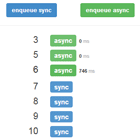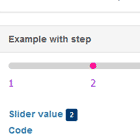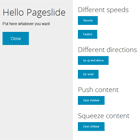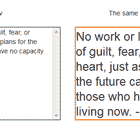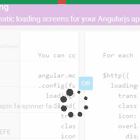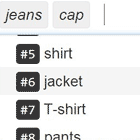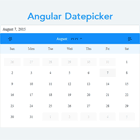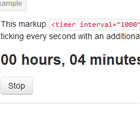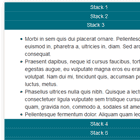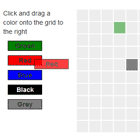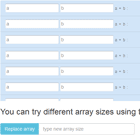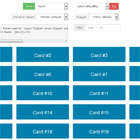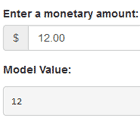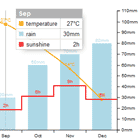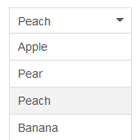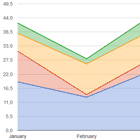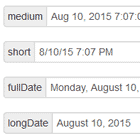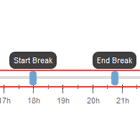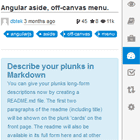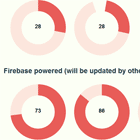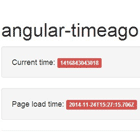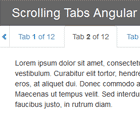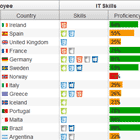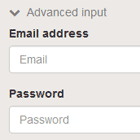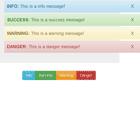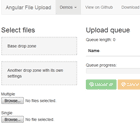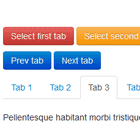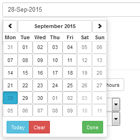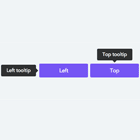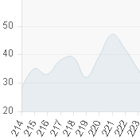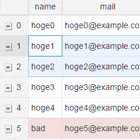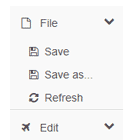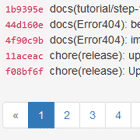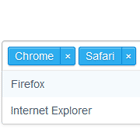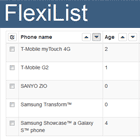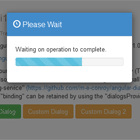ngQueue
ngQueue is an AngularJS module that helps you to handle routine sync/async queue task in AngularJS with ease.
Demo
Getting started
Include the ngQueue module with AngularJS script in your page.
<script src="//ajax.googleapis.com/ajax/libs/angularjs/1.1.5/angular.min.js"></script> <script src="http://pc035860.github.io/ngQueue/ngQueue.min.js"></script>Add ngQueue to your app module's dependency.
angular.module('myApp', ['ngQueue']);Install with Bower
bower install ngQueuethen import the module with <script> tag.
Install with NPM
npm install ng-queuethen import/require the module somewhere in your entry point file.
Usage
$queueFactory(limit, deferred)
limit- The maximum concurrent task for the queue. Default value1.deferred- Iftrue, queued tasks are padded with a very small time interval, allowlling the browser to update UIs or respond to user interactions. Default valuefalse. More aboutdeferredoption.
Start with $queueFactory to create a queue you'll be working with.
// Create a queue with concurrent task quota of 2 var queue1 = $queueFactory(2); // Create a deferred queue var queue2 = $queueFactory(1, true);Now you are ready to play with Queue instance APIs.
Queue instance APIs
enqueue(fn, context, args)
Enqueue a task(fn) with specified context(optional) and arguments(optional). Returns a task handle for you to remove the task from the queue before it gets dequeued with remove.
The task can be either asynchronous or synchronous.
Synchronous tasks work just like usual function call.
////////////////////// // synchronous task // ////////////////////// queue.enqueue(function (inA, inB, inC) { console.log(this); // {name: "context"} console.log(inA, inB, inC); // hello world ! doSomething(); }, {name: 'context'}, ['hello', 'world', '!']);Return an $q promise in the task function to make it asynchronous.
/////////////////////// // asynchronous task // /////////////////////// // $timeout delay queue.enqueue(function () { var dfd = $q.defer(); $timeout(function () { dfd.resolve(); // or dfd.reject() }, 100); return dfd.promise; }); // $http request queue.enqueue(function () { return $http.get('/some/api/call') .success(function () { // do something if success }) .error(function () { // do something if error }); });remove(taskHandle)
Remove a task from the queue before it gets dequeued. taskHandle is what returned by enqueue().
clear()
Clear the queue.
dequeue()
Try to dequeue manually. In most cases, the queue will handle all the dequeue works itself.
The deferred queue
Here's a nice reading by Nicholas C. Zakas
http://www.nczonline.net/blog/2013/07/09/the-case-for-setimmediate/
The basic idea of the deferred option of $queueFactory is to utilize setImmediate() API to ease the browser freezing problems which we sometimes encountered when dealing with heavy-load tasks. Though it's not implemented on every browser, if you kindly provide a polyfill, we're still good.
In the condition that ngQueue can't find the setImmeidate() API, it'll use $timeout of AngularJS instead.
